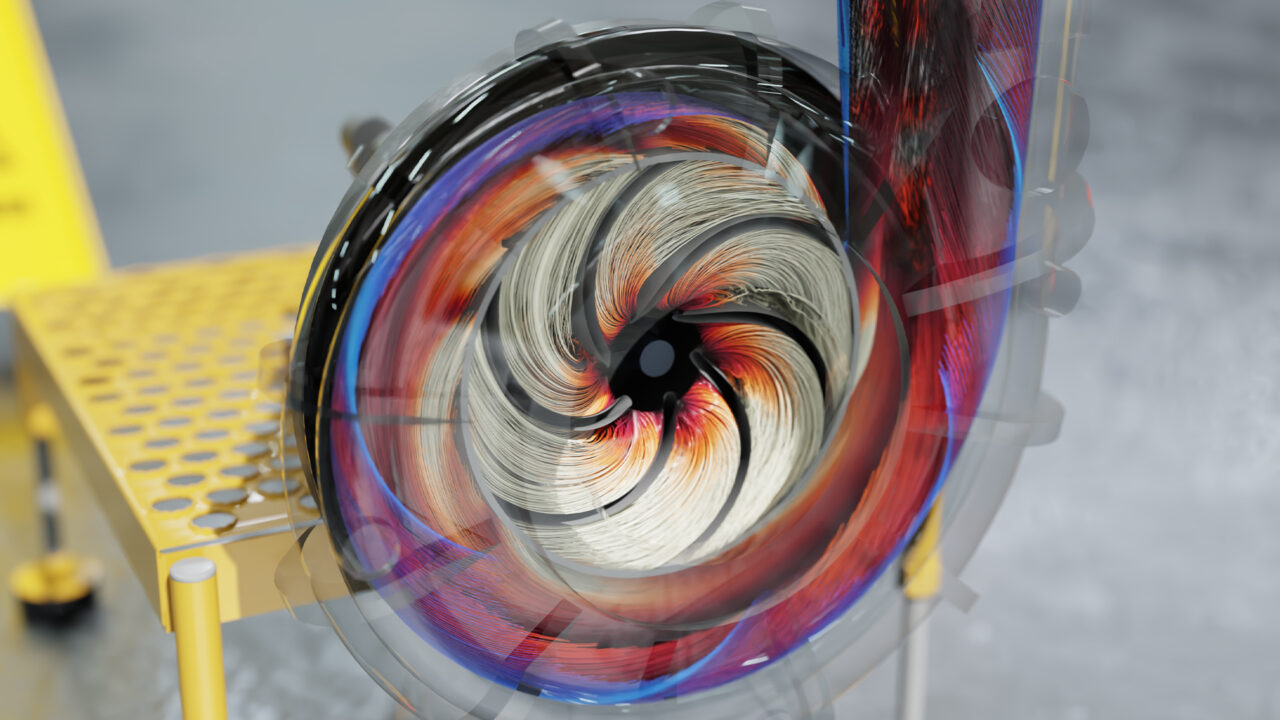Leading technology companies in aerospace and automotive are accelerating their engineering design processes with the NVIDIA DoMINO NIM microservice, part of the NVIDIA PhysicsNeMo AI physics framework.
By integrating GPU-accelerated computing, NVIDIA PhysicsNeMo and interactive digital twin technologies, enterprises are accelerating their modeling and simulation workflows by up to 500x over traditional methods, speeding innovation and shortening development cycles.
NVIDIA PhysicsNeMo empowers users to accelerate simulating physical systems like automobiles, airplanes, heavy machinery and more in near real time for faster time to market.
Such simulation of complex physical systems unlocks incredible speedups and gives solutions providers the freedom to explore groundbreaking designs at previously inconceivable scales and accuracy.
Synopsys Achieves 500x Leap in Computational Engineering With NVIDIA AI Physics
Simulation software providers like Ansys, part of Synopsys, are using NVIDIA PhysicsNeMo to achieve up to 500x speedups in computational engineering.
This enormous speedup comes from multiplying the benefits of GPU acceleration by the performance and accuracy of AI physics.
The framework offers a new way to start fluid simulations with a highly accurate initial state — typically a computationally expensive task that requires numerous iterations — and with low runtime cost.
Fluid simulations can be up to 50x faster than traditional methods when performed with NVIDIA GPU-accelerated tools like Ansys Fluent. Using NVIDIA PhysicsNeMo pretrained models to initialize the simulation multiplies that GPU-powered 50x speedup by an additional 10x due to the higher accuracy of the initial solution.
Unlocking Real-Time Aerospace Design
Leading aerospace technology companies are using NVIDIA GPU-accelerated workflows and PhysicsNeMo to speed the design and optimization of advanced aircraft and automotive systems.
Northrop Grumman and Luminary Cloud are using accelerated compute and AI-driven physics to accelerate spacecraft thruster nozzle design. With Luminary’s high-speed, NVIDIA CUDA-X-accelerated computational fluid dynamics solver, Northrop generated a large training dataset to build a surrogate nozzle model on Luminary’s cloud platform, which is powered by NVIDIA PhysicsNeMo. This dataset enabled Northrop’s engineers to rapidly explore thousands of design options and identify the optimal solution
Aerospace pioneer Blue Origin is using NVIDIA PhysicsNeMo and advanced AI modeling to design next-generation space vehicles. PhysicsNeMo enables Blue Origin to use existing and augmented datasets to train models that rapidly explore potential design candidates, leading to ones that can be then validated with high-fidelity, CUDA-X-accelerated solvers.
Building on Computational Engineering Breakthroughs GPU Acceleration
These latest AI physics breakthroughs further NVIDIA’s work in computational engineering to advance simulation with GPU acceleration.
Cadence is pushing real-time simulation in aerospace through its Cadence Fidelity computational fluid dynamics platform, using NVIDIA CUDA-X libraries.
By tapping into GPU acceleration, Cadence enables leading aerospace manufacturers to quickly build large-scale AI training datasets using its Millennium M2000 supercomputer. This lets engineers interactively explore and optimize designs, enhancing system efficiency and speeding time to market.
A global leader in energy solutions used Cadence Fidelity LES Solver and NVIDIA Grace Blackwell-accelerated simulation platforms to rapidly iterate designs and run high-fidelity multiphysics simulations. This significantly shortens design cycles and optimizes turbine performance, enabling greater efficiency, emissions management and reliability for next-generation energy systems.
Watch the GTC Washington, D.C., keynote from NVIDIA founder and CEO Jensen Huang and explore sessions.
